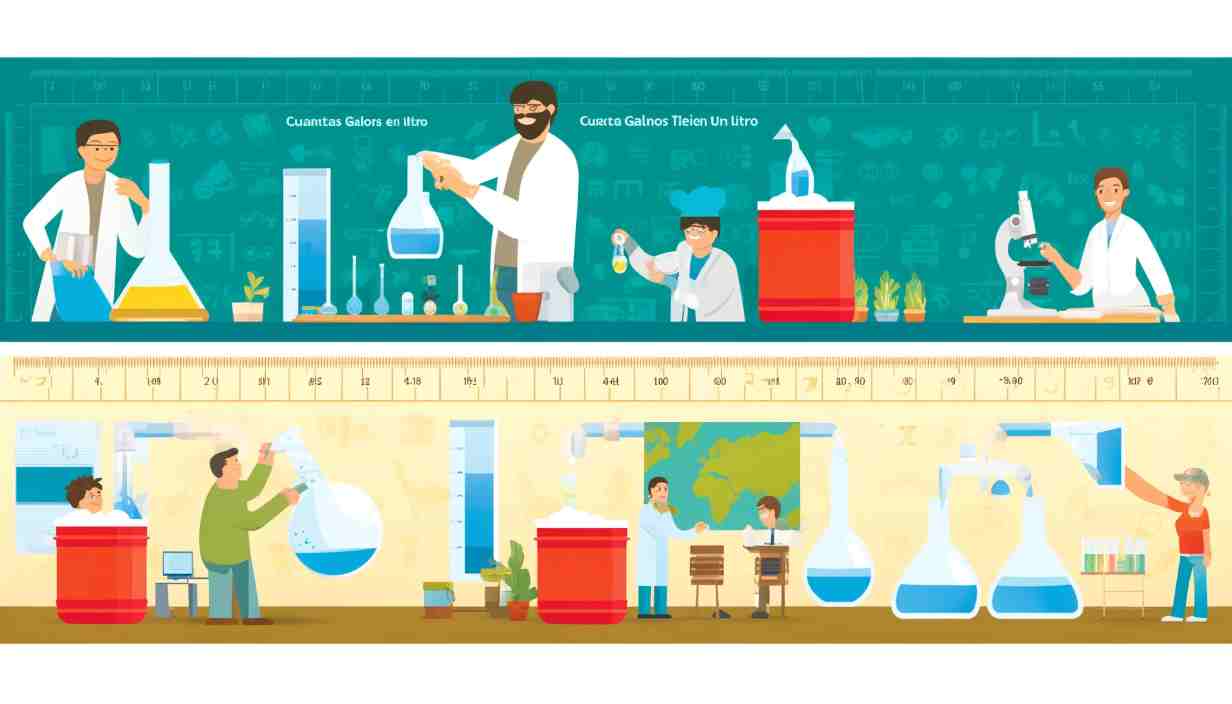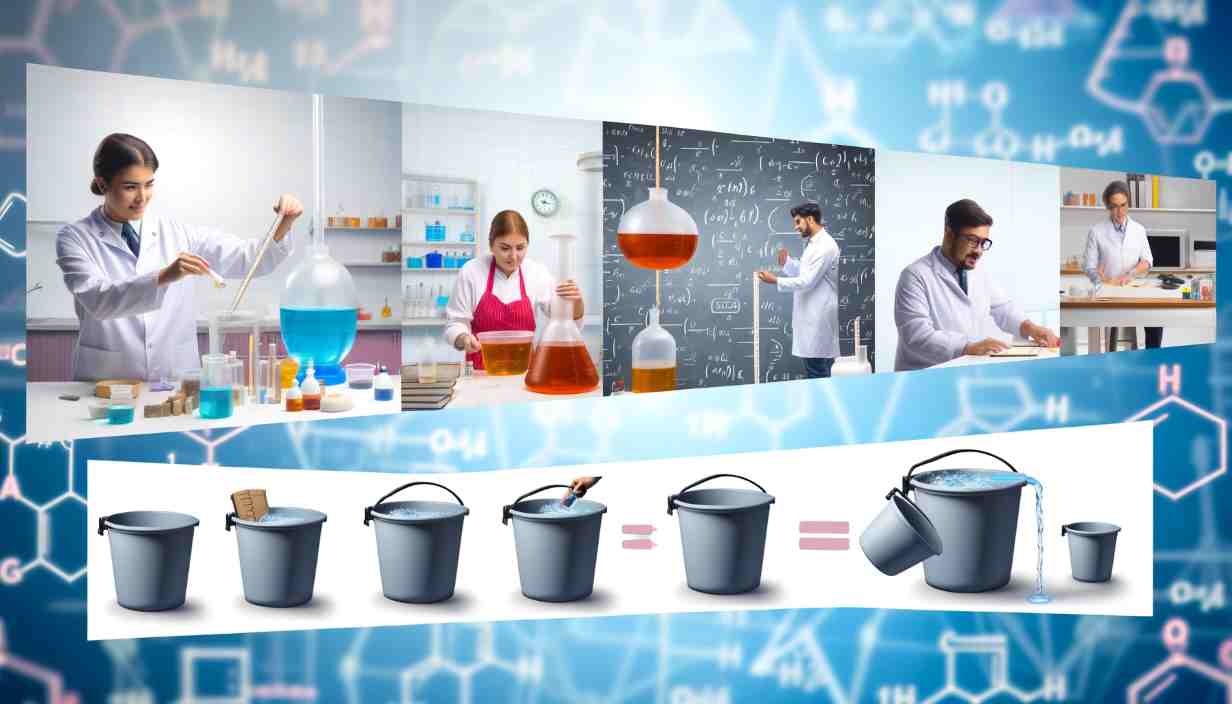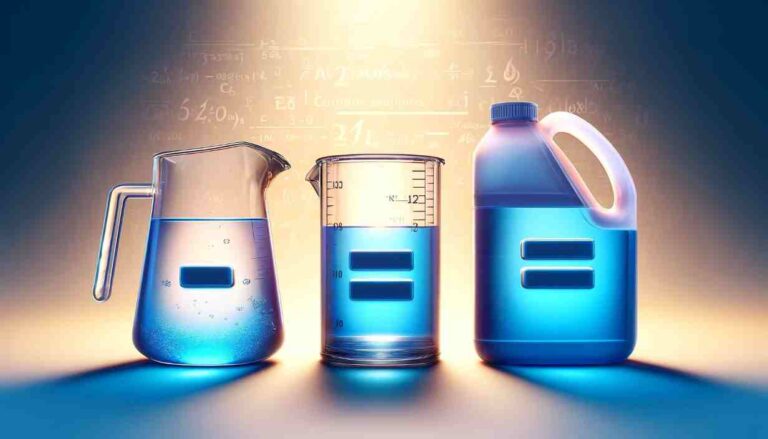Introduction to Volume Conversion
In today’s globalized international, information quantity conversions, specifically how many gallons are in a litre, are vital. This manual, titled “Cuantas Galones Tiene Un Litro,” will delve into the specifics of changing litres to gallons, an essential talent in numerous fields ranging from cooking to automotive and clinical endeavours. We purpose to provide clear, complete, and practical insights into this conversion, making sure that you may seamlessly transfer among those generally used quantity units.
Understanding Liters and Gallons
The metric device, extensively adopted globally, uses the litre as a key unit of extent. A litre, symbolized as ‘L,’ represents the quantity occupied via one kilogram of water at its most density, which takes place at approximately four stages Celsius. In contrast, the gallon, used commonly within the United States and a few other nations, is an imperial unit of volume. There are kinds of gallons: the United States liquid gallon, approximately 3.785 liters, and the United Kingdom imperial gallon, which is about four.546 liters.
US vs UK Gallons: Key Differences
Understanding the distinction between the United States and UK gallons is crucial whilst tackling the query: Cuantas Galones Tiene Un Litro. This distinction ensures accuracy in conversion, specially in contexts wherein precision is paramount. To position it definitely, one litre equates to about zero.264172 US gallons and about 0.219969 UK gallons. These conversion elements are fundamental to creating precise and correct volume conversions in numerous sensible eventualities.
Practical Uses in Home and Gardening
When it involves non-public use, inclusive of in-home aquariums or in gardening, knowing the way to convert liters to gallons is beneficial.

Aquariums are often measured in gallons, at the same time as water additives might be measured in liters or milliliters. Similarly, in gardening, understanding “Cuantas Galones Tiene Un Litro” assists in accurate watering and remedy of plant life. These conversions aid in creating the choicest environments for both aquatic life and plant increase.
Culinary Applications: Recipe Precision
Let’s explore some everyday applications of this conversion. In the culinary world, recipes often require unique volume measurements. Converting litres to gallons and vice versa ensures that measurements are correct, keeping the integrity of a recipe, specifically when adapting global recipes.
Automotive Industry: Fuel Efficiency Measurements
Similarly, in the automotive industry, expertise in “Cuantas Galones Tiene Un Litro” is vital. Fuel performance is normally measured in miles per gallon within the US, while liters according to 100 kilometers is the standard in lots of different countries. Accurate conversion allows a clean understanding of gasoline performance across unique-size structures.
Scientific Accuracy in Research and Engineering
In scientific research and chemical engineering, volume conversions are indispensable. Experiments often require precise measurements of liquids in litres or millilitres. However, bulk chemicals might be supplied in gallons. Thus, understanding how to convert between these units is crucial for maintaining accuracy in experimental procedures and formulations.
Environmental Studies: Water Resource Management
The significance of understanding “Cuantas Galones Tiene Un Litro” extends to environmental studies as well. For instance, when calculating the capacity of water bodies or the amount of rainfall, converting between liters and gallons helps in standardizing data for global comparison and research. Accurate conversions are critical in these contexts, as they contribute to our understanding of ecological systems and water resources.
International Trade: Standardizing Volume Measurements
In the world of international exchange and commerce, this conversion plays a pivotal function. The change of products like drinks, fuels, and chemical compounds often involves volume measurements. Importers and exporters have to be adept at converting between litres and gallons to hold consistency and meet regulatory necessities in specific markets. This capability guarantees easy transactions and adherence to global standards.
Healthcare and Pharmacy: Managing Liquid Quantities
In healthcare and pharmacy, the conversion between liters and gallons is used frequently. Medical fluids are often measured in litres, but larger quantities for storage or distribution might be in gallons. Pharmacists and healthcare professionals must be adept at converting these units to ensure proper dosages and supply management.
Educational Value in Metric and Imperial Systems
The education sector also benefits from teaching and understanding this conversion.

It aids students in developing a global perspective on measurements, as they learn to navigate between the metric and imperial systems. This skill is not only academically beneficial but also prepares students for practical challenges they might encounter in various professional fields.
Tips for Remembering and Applying Volume Conversion
Now, let’s discuss some practical tips for remembering and applying the conversion of “Cuantas Galones Tiene Un Litro.” One effective method is to use mnemonic devices or visual aids. For example, remembering that approximately four litres make up a gallon can simplify mental conversions. Another approach is using conversion tables or apps, readily available on smartphones and computers, to quickly convert between litres and gallons.
Conclusion: The Global Importance of Understanding Volume
The question “Cuantas Galones Tiene Un Litro” opens the door to a deeper knowledge of extent conversion, a critical talent in cutting-edge interconnected international. Whether it is for cooking, automobile, clinical research, environmental studies, global trade, private use, healthcare, or training, the ability to transform between liters and gallons as it should be is useful. By getting to know this conversion, one not only effectively gains sensible information but additionally contributes to a more seamless and incorporated global network, where measurements and requirements can be universally understood and implemented.

